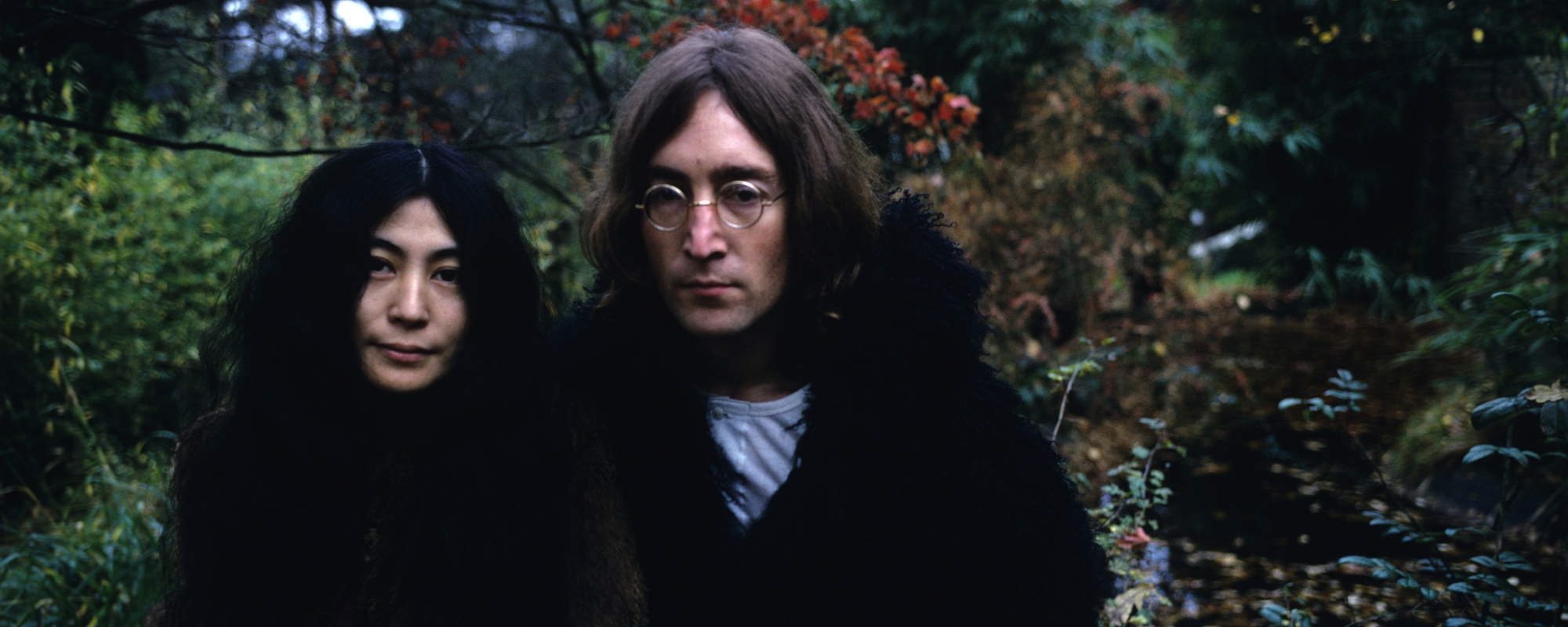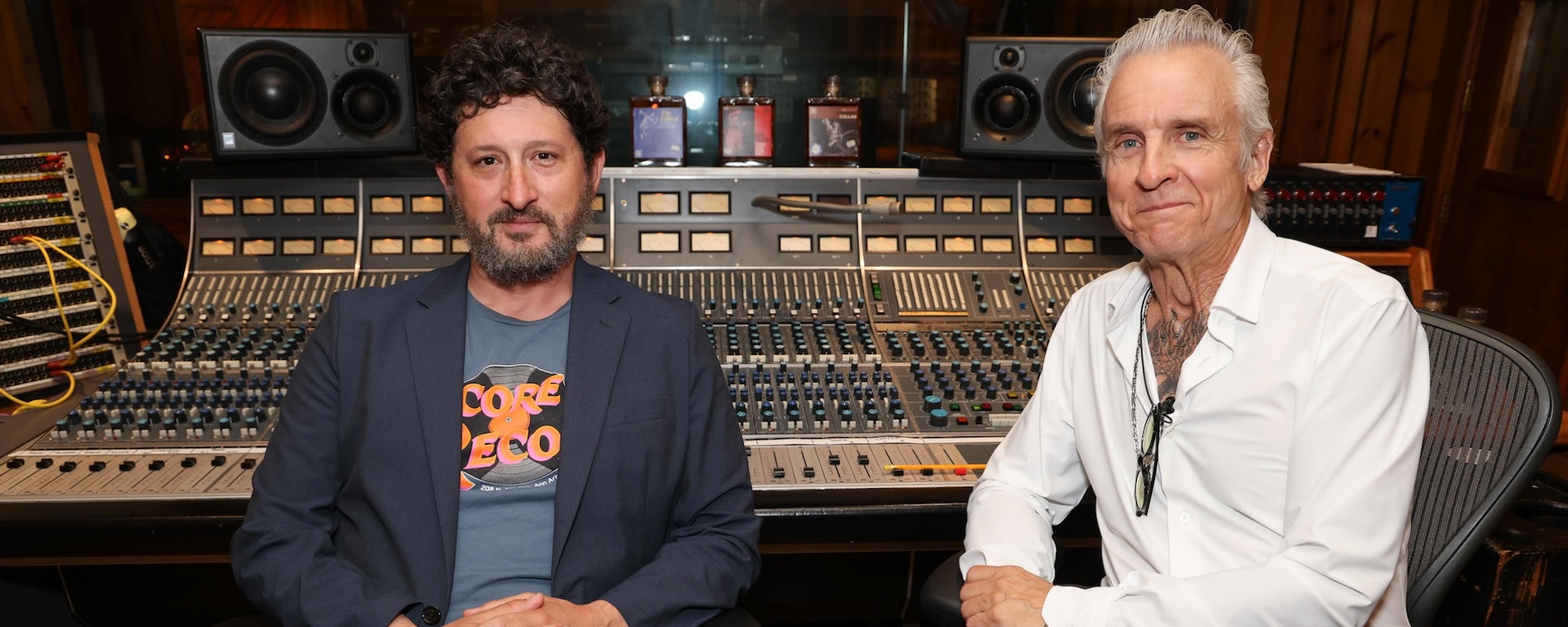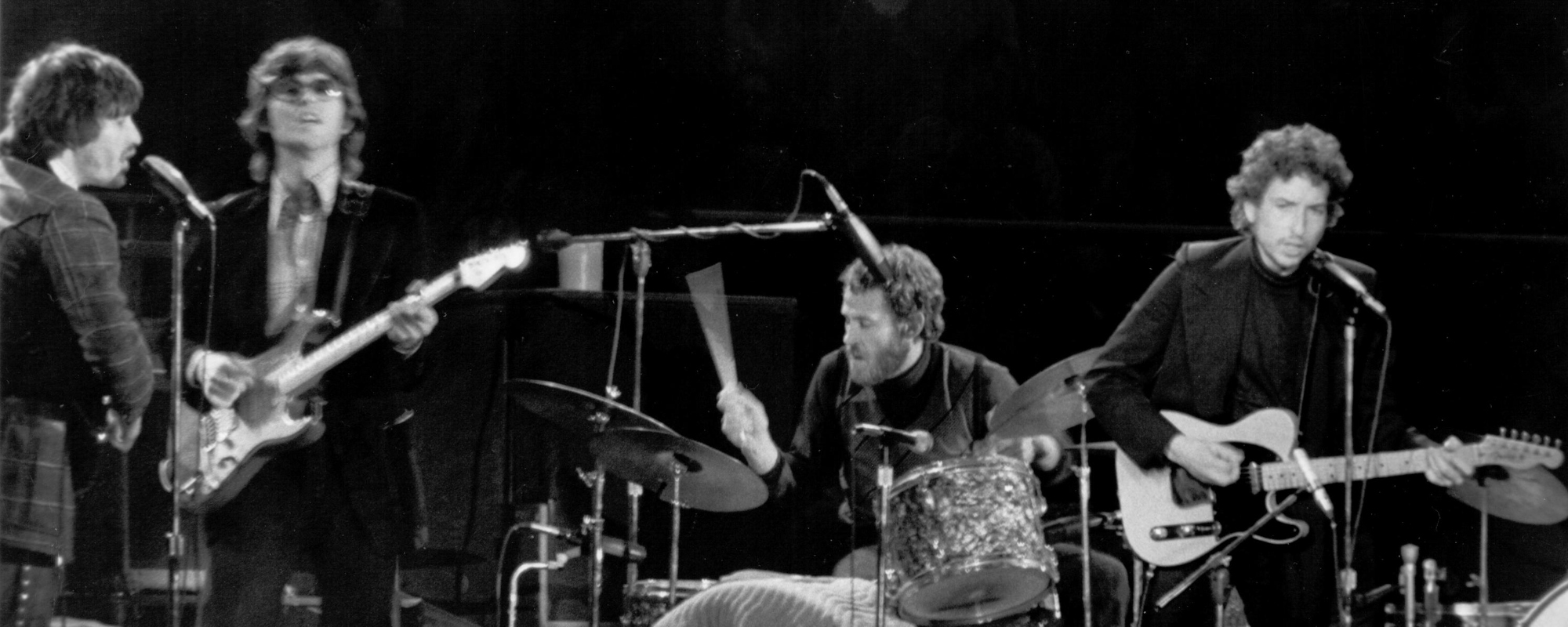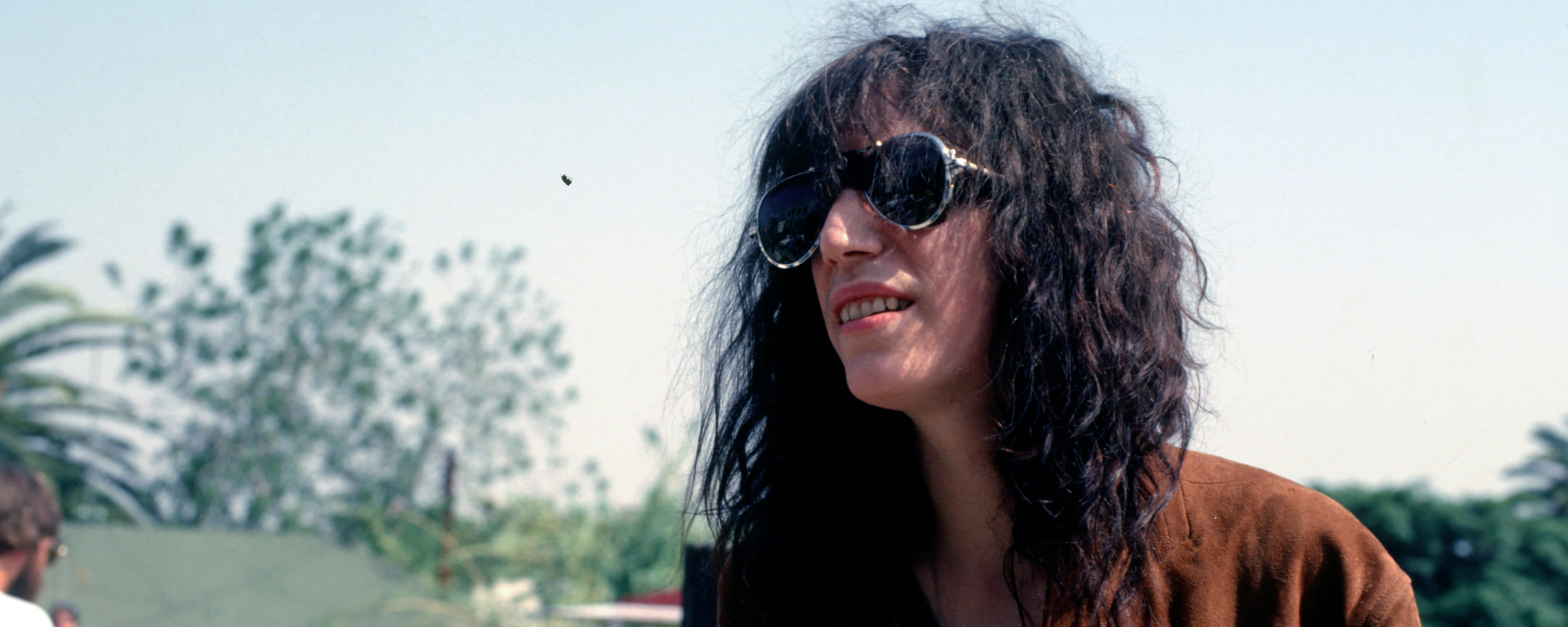Perhaps it’s fitting that only one letter separates the word “band” from the word “brand.” Fans will often gravitate to anything by a group that they know and love. And they’ll hesitate to try anything by an incarnation of that group that goes by another name. Stephen Stills and Graham Nash found that out when they couldn’t get their label to release an album the duo had recently put together. Only when they added David Crosby and became Crosby, Stills & Nash again could they release Daylight Again in 1982. Amazingly, it turned out quite well for them in the end.
Videos by American Songwriter
Missing a Voice
Nobody had the long layoff between albums down better than Crosby, Stills & Nash. On the one hand, it meant that there was intense demand for anything they released. Both their 1969 debut and CSN in 1977 did bonkers business, as did their first album (Déjà Vu) with Neil Young in 1970.
The problem was that the long stretches away always meant that it was hard for them to pull things together again. 1978 sessions for a new trio record fell apart, as did efforts for an album with Nash and Crosby. In both cases, Crosby’s mounting drug habit proved a major obstacle.
That’s why Stills and Nash began sessions on their own in 1980, funding the studio time out of their own pockets. They figured they’d be reimbursed down the road. To make up for Crosby’s absence, they pulled in guest vocalists like Timothy B. Schmit and Art Garfunkel to fill out the harmony sound. With a strong batch of material in the can, they had high hopes for the project.
Return of Croz
Unfortunately, the folks at Atlantic Records, knowing the history of smaller sales for the albums of other partial CSNY lineups, didn’t see any commercial potential in an album by just two-thirds of the trio. The only way that they’d front the dough for the album was if David Crosby was brought back into the fold.
To his credit, Crosby had no ego about the situation. He stayed off tracks where the blend already seemed strong, such as “Southern Cross”. If possible, some of his vocals were added to the preexisting mix. And he wedged his way in for two lead vocals: the atmospheric “Delta”, which he also wrote, and the elegiac “Might As Well Have A Good Time”.
Meanwhile, Atlantic made good on their promise, heavily promoting the album. They even spent on a video for “Southern Cross”. Who would have thought the hippies of CSN could coexist with the New Wave of MTV?
The Aftermath
While Daylight Again didn’t quite soar as high sales-wise as previous albums by the three men, it was no slouch either. It helped that it produced a pair of solid hit singles in “Southern Cross” and “Wasted On The Way”. The latter song couldn’t have been more fitting, as it reflected Graham Nash’s frustration at the group’s lack of activity over the years.
In many ways, the album proved a kind of last gasp for the trio in terms of their finest era. Crosby’s drug issues turned into legal problems, which led to a stint in prison. When they reunited with Neil Young in 1988 for American Dream, the disjointed album failed to recapture any of the old glory.
If you listen to Daylight Again without knowing the backstory, you might walk away thinking that the trio sounded refreshed and rejuvenated. The fact that the album came together at all is a tribute to CSN’s undeniable chemistry against all odds.
Ron Pownall/Getty Images













Leave a Reply
Only members can comment. Become a member. Already a member? Log in.